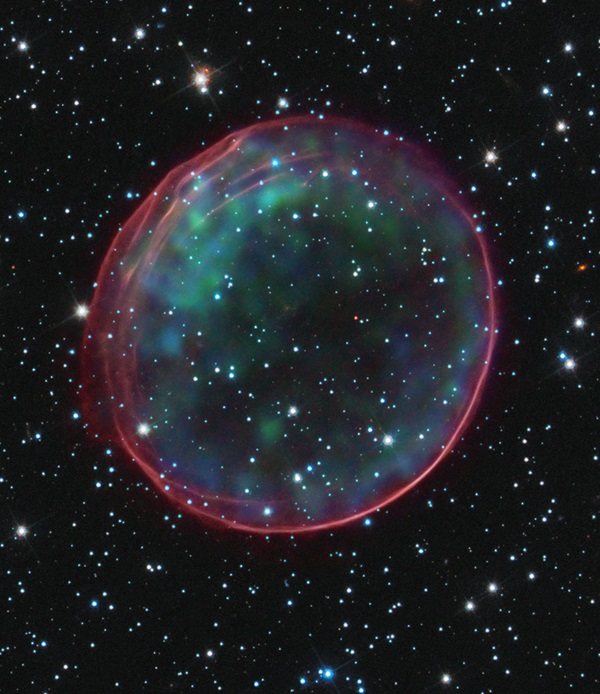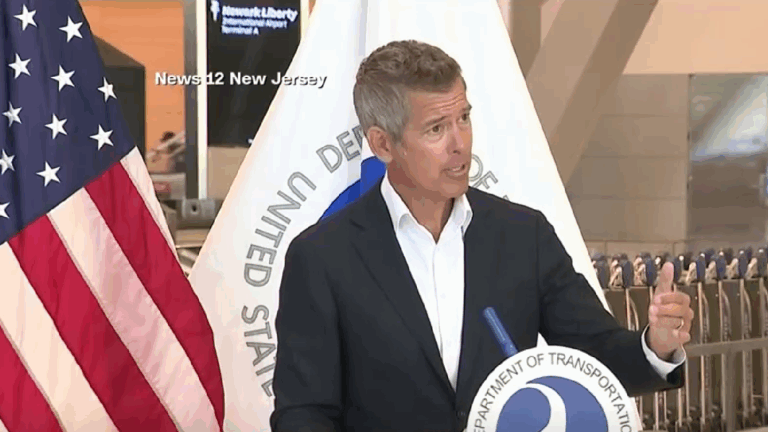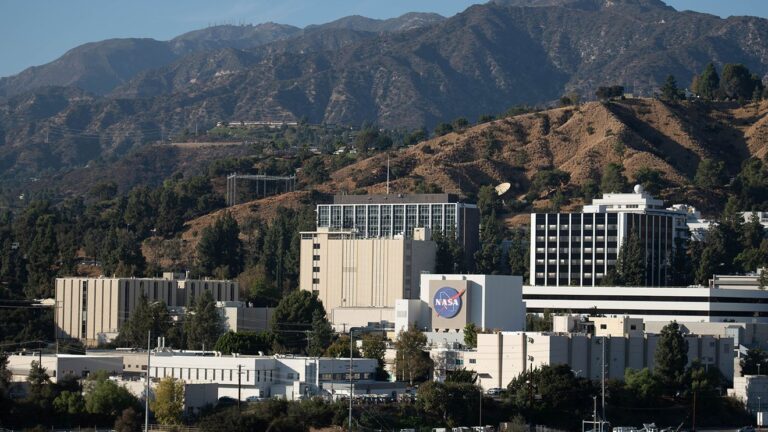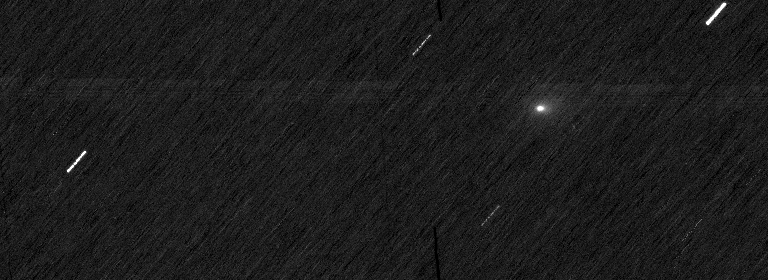Key Takeaways:
In the case of two white dwarfs, the two stars spiral closer and closer, giving off gravitational radiation, until they collide. If their combined mass is greater than the Chandrasekhar limit, the collision will result in a type Ia supernova.
In the case of one white dwarf and a regular star, as the stars evolve and begin to spiral closer to each other, they reach a point where mass transfer begins. The white dwarf’s gravity is very strong, and the outer layers of the regular star are not tightly bound, so the white dwarf is able to pull gas from the regular star onto its surface. This mass transfer stabilizes the orbit so that the two stars no longer move closer to each other and will not collide, as in the case of the two white dwarfs. Instead, the white dwarf can accumulate so much mass from its companion that it reaches the Chandrasekhar mass limit and explodes as a type Ia supernova, leaving its companion star behind. If we don’t find a star near the supernova remnant’s center, we can assume the explosion came from two white dwarfs. — Ashley Pagnotta, Louisiana State University, Baton Rouge










